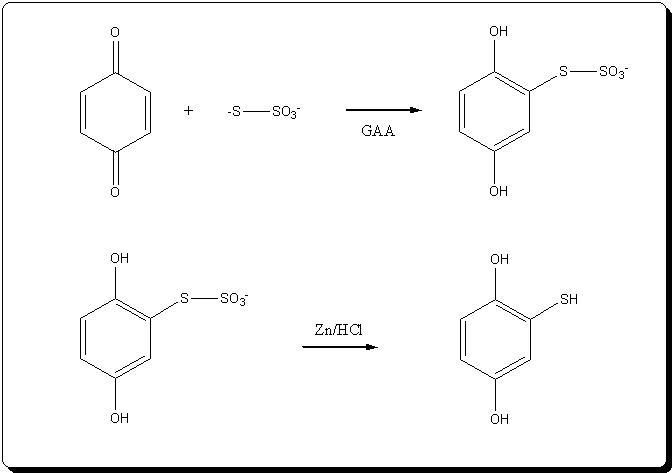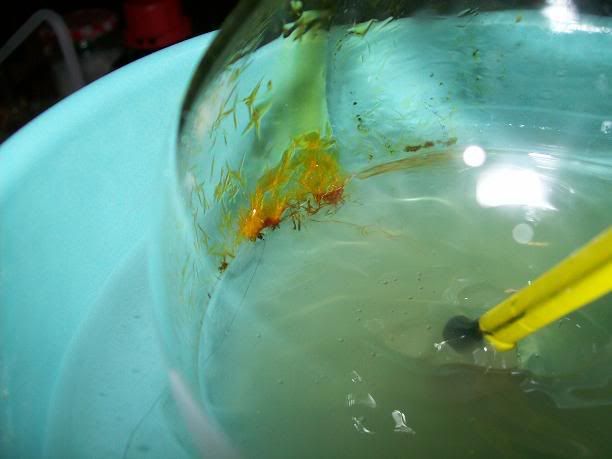From "The Chemistry of Bunte Salts"
f) Reduction of Bunte Salts
The reduction of S-alkylthiosulfates with conventional
agents, such as sodium amalgam1771, zinc and
acid [78,89,93,94,1381, or alkaline sodium arsenite solution17.81
leads to thiols. However, this method is of
little importance for the preparation of thiols, which
can be obtained much more elegantly by cleavage of
S-alkylthiosulfates with acid. |





















